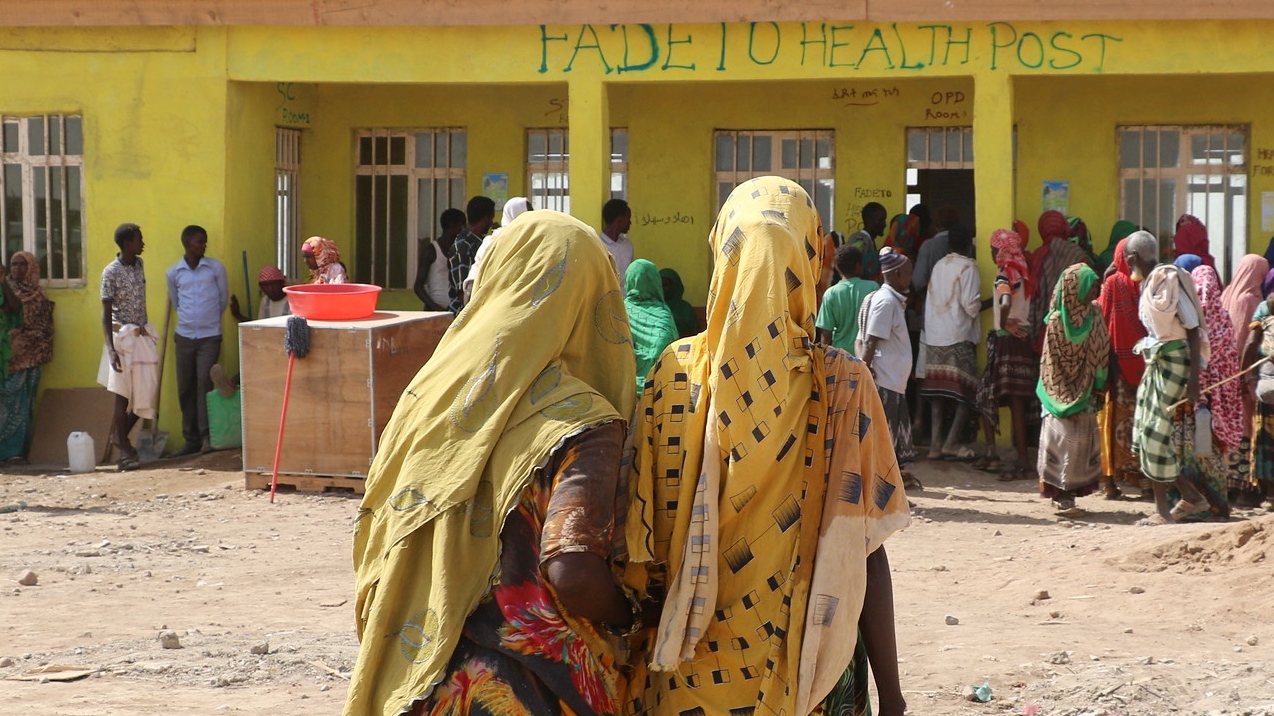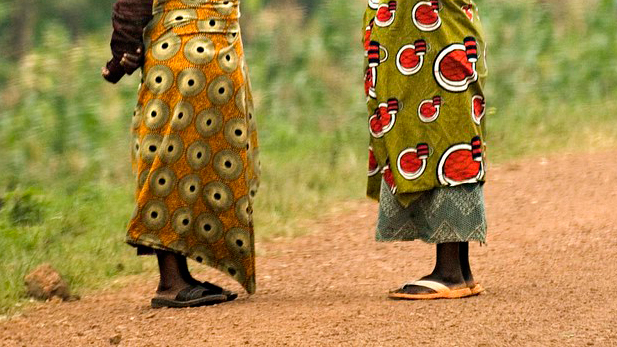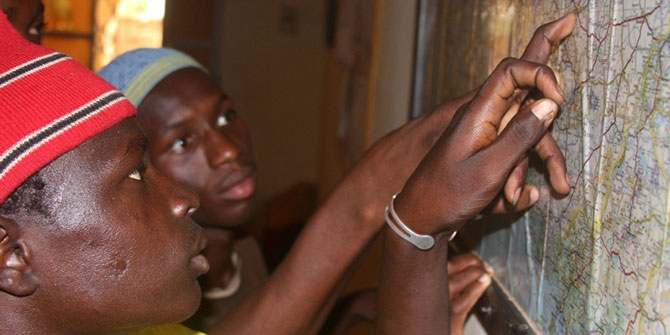Based on a presentation at LSE Africa seminar series, Ruth Barley of Sheffield Hallam University analyses how young children process ethnic diversity.
It is early June and I am sitting with Annakiya as she draws a picture. Annakiya, now five years old, arrived in the UK with her immediate family nine months ago from West Africa. She has attended Sunnyside School since the start of the academic year in September. Annakiya begins to draw a princess chatting to me as she does so. She tells me that she is drawing a picture of herself as a grown up. As she begins to colour in the princess she recites to me the different colours that she is using to create her rainbow dress, pink shoes, brown hair and golden tiara. After colouring in these parts of the princess, she pauses and looks at the picture before telling me, “I’m not gonna colour my face because this is when I’m grown up. My hair is curly, I’m a princess and I am light, like you.” I ask why she wants to be light when she is older. “Now I’m dark and you are light,” she continues. “When I’m grown up I’m gonna be light, like you”. I tell Annakiya that I like the colour of her skin as it is now, saying that it is very pretty. She ponders this for a while, as she continues to colour in her picture, before saying “It’s ok to be different like Elmer¹ but really I wanna be like you.”

The above conversation is just one example of how the children in my doctoral research understand difference as being hierarchical, and in this instance, “light” skin colour is viewed as better than “dark”. Children at Sunnyside regularly discuss diversity relating to ethnicity, religion and gender within the context of identity maintenance and (re)negotiation.
Their discussions about difference and identity are not constructed in isolation from wider social discourses but social structures, dominant in both mainstream popular and minority cultures, are foundational in children’s own constructions of self and other. Discourses of difference, and particularly fear or disdain of the so-called other, are unfortunately prevalent in all aspects of life. The recent rise of right-wing politics across Western Europe, which perpetuates a fear of migrants stealing local jobs, the threat of global terrorism and the onslaught of non-Western cultural values, further entrenches discourses of discrimination. Segregated social systems around the world create an artificial distance between communities discouraging interaction and encouraging fear of “the other” resulting in the prominence of systematic inequality and at times tribal factions and civil war. Media advertising, that uses digital technology to lighten celebrities’ skin colour and promotes skin lightening creams to minority communities, adds to this by creating a hierarchy of difference that views the ideal body image and so-called beauty (particularly of girls and women) as being linked to a specific ethnic identity. Disdain of “the other” and dominant views of what is best consequently become part of wider social discourses with language such as “us” and “them” peppering everyday conversations. Consequently, identity becomes a salient feature of social interaction.
In my ethnography I have explored these discourses with a small group of children attending a reception class in a multi-ethnic city in the north of England. Children in the class hail from a range of national backgrounds including the UK, Somalia, Libya, Egypt, Morocco and Nigeria. Almost all the children are from Muslim families. Many pupils are new to the UK when they first arrive at the school and have a limited grasp of the English language. The majority of children fall into two broad residency categories: refugees and children of international students studying at post-graduate level at the nearby university.
The boys and girls in my study responded differently to discourses relating to ethnic difference. While they all regularly discussed difference relating to their national and ethnic identities, for the boys this was done under the umbrella of “being Muslim”. For them, it consequently took on the role of a “fictive kinship” role where the boys are united, irrespective of their ethnic background, as Muslim brothers.
While most girls in my study also self-defined as “being Muslim”, they, unlike the boys, did not subscribe to Islam’s assertion that all individuals are equally valued as part of the wider Muslim family irrespective of their ethnic background. Skin colour, for these girls, is part of a social hierarchy. They equate “being pretty” with the images of princesses that they watch on TV or read about in books. Dominant Disney images of tall, thin, pale-skinned princesses wearing long, flowing pink or purple dresses becomes the ideal body image to which these young girls aspire.
It is worrying to view the way in which wider discourses of discrimination are prevalent in young children’s lives and suggests that more needs to be done to give young children the resources that they need to challenge wider social discourses and help them to be proud of who they are in an ever diversifying world.
If you would like to find out more about my research please contact me at r.barley@shu.ac.uk.
¹The class project at this time focussed on the story of Elmer, the brightly-coloured patchwork elephant who discovers that “it is ok to be different” when the other elephants in his troop accept him for who he is. (McKee 1989)






Girls are handling puberty issues it is only normal